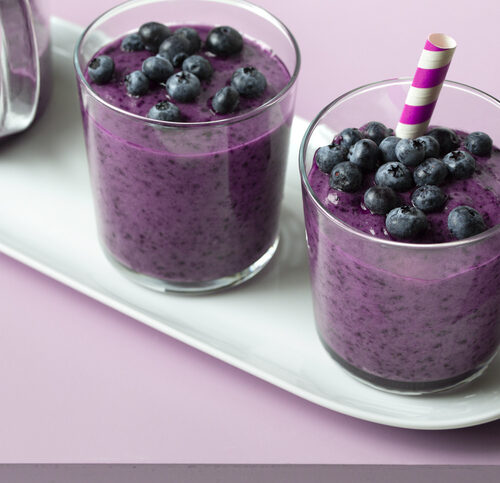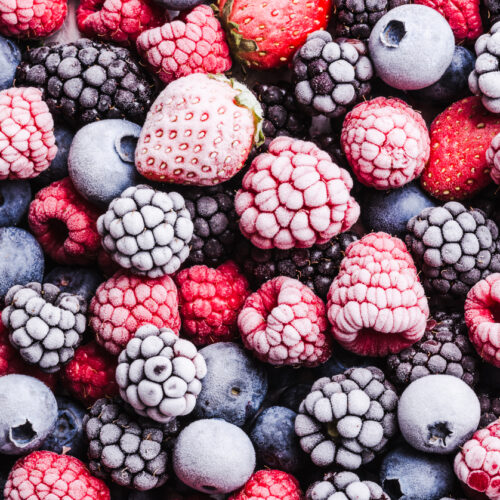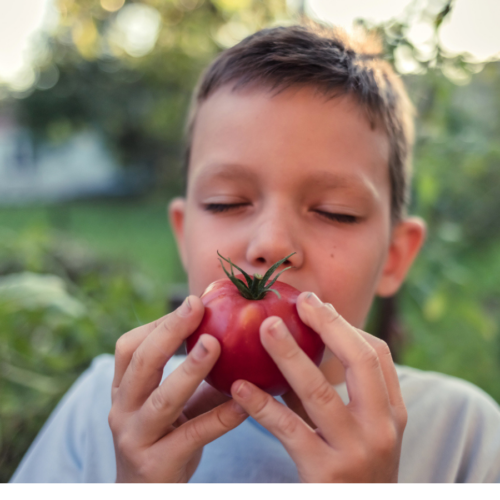
Dietitian Clarice Hebblethwaite looks at an ancient group of foods that can have great benefits for our overall health.
What are fermented foods?
Fermented foods, also known as cultured foods, are something our ancestors regularly ate. When there was a large harvest of food or milk, fermentation preserved the excess food and milk so we could eat it days or weeks later.
This practice disappeared as people discovered canning, pickling, cooking or freezing to extend the life of food and milk. But as we now learn how healthy these fermented foods are, the practice is gaining popularity again.
Fermented food or liquid can be rich in its own bacteria or have a ‘starter’ culture of bacteria or yeast added. Over a few days or weeks, the bacteria and yeast feed on the carbohydrates, turning them into acids and gas. The bacteria and yeast multiply in numbers and the final product can be teeming with healthy bacteria or yeast.
What are some examples of fermented foods?
In New Zealand our best known fermented food is yoghurt, made from milk with a starter culture.
Other examples are sauerkraut (typical in Germany) or kimchi (from Korea), which are fermented vegetables based mainly on cabbage. Miso (from Japan) is made from fermented soy beans, rice or barley. Kombucha is fermented tea, and kefir is a water or milk-based fermented drink.
How can fermented foods benefit our health?
Fermented foods help protect the physical strength of the lining of our digestive tract. This helps stop unwanted toxins getting through the bowel wall into our bloodstream. It also appears fermented food may have anti-cancer effects, reducing our risk of bowel cancer. Symptoms of IBS including unwanted bloating, wind, bowel cramps and bowel movements can all improve.
Fermented foods have been found to increase antioxidants and vitamins in the body. It seems they also help reduce inflammation throughout the body, including the brain, so there is a link to reducing anxiety and depression.
Interestingly too, when soy beans are fermented into miso, the soy protein that can be a trigger of intolerance for some people is altered and is no longer as likely to cause them symptoms.
Lactose in milk can be a problem for some people to digest but when milk is turned to yoghurt some of the lactose is digested by the bacteria, making it easier to eat for people who are lactose intolerant.
How can we include fermented foods in our diets?
Experiment with different types of fermented foods to see which you enjoy best. Start with small amounts, for example, one teaspoon of fermented vegetables each day, and build up to one tablespoon each day or a little with each meal.
What is the difference between fermentable foods (FODMAPs) and fermented foods?
Many people with troublesome bloating, wind and bowel cramps are finding relief with a low-FODMAP diet, which reduces fermentable carbohydrates. These foods are most likely to create gas in your digestive system.
But it’s interesting to note that the same food, when fermented, is less likely to be a problem since the carbohydrates causing gas have been changed (the gas has been released during the fermentation process).
Fermented foods to try
To buy
- The Collective Dairy Tummy Love Kefir Yoghurt www.thecollectivedairy.com
- Urban Hippy Misomite, Miso Paste or Miso Dressing www.miso.co.nz
- The Kefir Company Kefir www.thekefircompany.co.nz
- Sourdough bread from www.breadman.co.nz
To make
- Try making your own fermented vegetables (sauerkraut or kimchi). See the You Tube series Making fermented vegetables by Diet Easily from Dunedin.
- Kombucha and kefir drinks can be made with water or milk, depending on the type of culture. The water-based drinks are flavoured with tea or fruit, rather like a flavoured soda water.
- Get a kombucha starter from www.eternaldelight.co.nz.
- Make your own sourdough bread.
- If you make yoghurt, leave it out to culture for 24 hours before putting in the fridge.
Article sources and references
- Curz-Bravo RK et al. 2014. The fermented non-digestible fraction of common bean (Phaseolus vulgaris L.) triggers cell cycle arrest and apoptosis in human colon adenocarcinoma cells. Genes & Nutrition 9:359https://www.ncbi.nlm.nih.gov/pubmed/24293398
- Laureys D & De Vuyst L. 2014. Microbial species diversity, community dynamics, and metabolite kinetics of water kefir fermentation. Applied and Environmental Microbiology. Feb 14 Epub ahead of printhttps://www.ncbi.nlm.nih.gov/pmc/articles/PMC3993195/
- Moriyama T et al. 2013. Hypoallergenicity of various miso pastes manufactured in Japan. Journal of Nutritional Science and Vitaminology 59:462-9https://www.semanticscholar.org/paper/Hypoallergenicity-of-various-miso-pastes-in-Japan.-Moriyama-Yano/b49a373a3be0eaa7946e4aacb7a0d7530ff72dd8
- Park KY et al. 2014 Health benefits of kimchi (Korean fermented vegetables) as a probiotic food. Journal of Medicinal Food 17:6-20https://www.ncbi.nlm.nih.gov/pubmed/24456350
- Park MJ & Han JS. 2013. Protective effects of fermented laminaria japonica extract on oxidative damage in LLC-PK1 cells. Preventative Nutrition and Food Science 18:227-33https://www.ncbi.nlm.nih.gov/pmc/articles/PMC3925211/
- Selhub EM et al. 2014. Fermented foods, microbiota and mental health; ancient practice meets nutritional psychiatry. Journal of Physiological Anthropology 33:2https://www.ncbi.nlm.nih.gov/pmc/articles/PMC3904694/
www.healthyfood.com










